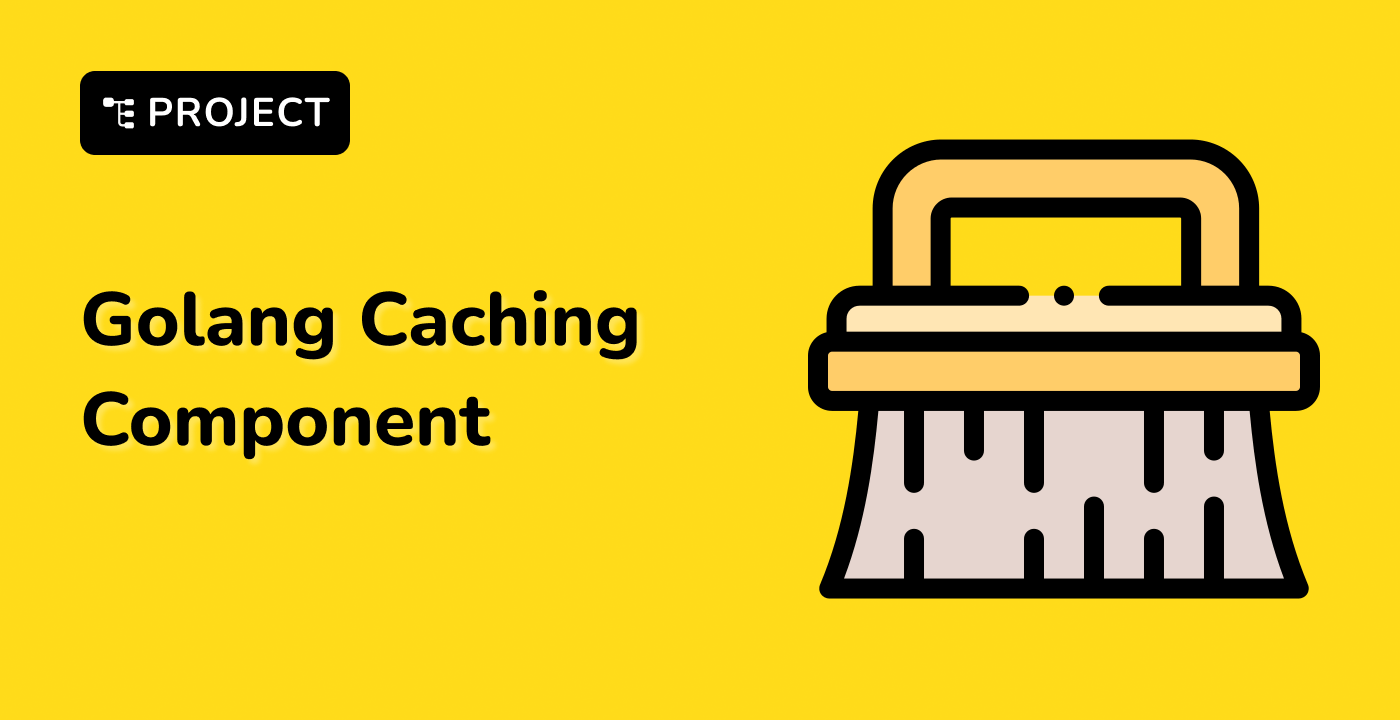Initialization Techniques
Struct Initialization Strategies
1. Literal Initialization
type Person struct {
Name string
Age int
City string
}
func main() {
// Complete literal initialization
person1 := Person{
Name: "Alice",
Age: 30,
City: "New York",
}
// Partial literal initialization
person2 := Person{
Name: "Bob",
Age: 25,
}
}
Initialization Methods
2. Zero Value Initialization
func main() {
// All fields get zero values
var defaultPerson Person
// defaultPerson.Name = ""
// defaultPerson.Age = 0
// defaultPerson.City = ""
}
3. Constructor-like Initialization
func NewPerson(name string, age int) *Person {
return &Person{
Name: name,
Age: age,
City: "Unknown",
}
}
func main() {
person := NewPerson("Charlie", 35)
}
Advanced Initialization Techniques
Nested Struct Initialization
type Address struct {
Street string
City string
}
type Employee struct {
Name string
Address Address
}
func main() {
employee := Employee{
Name: "David",
Address: Address{
Street: "123 Main St",
City: "San Francisco",
},
}
}
Initialization Patterns
| Pattern |
Description |
Use Case |
| Literal |
Direct field assignment |
Simple, known values |
| Zero Value |
Default initialization |
Unspecified fields |
| Constructor |
Controlled object creation |
Complex initialization logic |
| Nested |
Initializing complex structures |
Hierarchical data |
Initialization Flow
graph TD
A[Struct Declaration] --> B{Initialization Method}
B --> |Literal| C[Complete Field Setting]
B --> |Zero Value| D[Default State]
B --> |Constructor| E[Controlled Creation]
B --> |Nested| F[Complex Structure]
Initialization Best Practices
- Use meaningful default values
- Implement constructors for complex structs
- Validate input during initialization
- Prefer immutability when possible
func initializeSlice(count int) []Person {
people := make([]Person, count)
for i := 0; i < count; i++ {
people[i] = Person{
Name: fmt.Sprintf("Person %d", i),
Age: i + 20,
}
}
return people
}
Error Handling in Initialization
func createValidPerson(name string, age int) (*Person, error) {
if name == "" || age < 0 {
return nil, fmt.Errorf("invalid person details")
}
return &Person{
Name: name,
Age: age,
}, nil
}
By understanding these initialization techniques in your LabEx Golang projects, you'll create more robust and flexible struct implementations.




